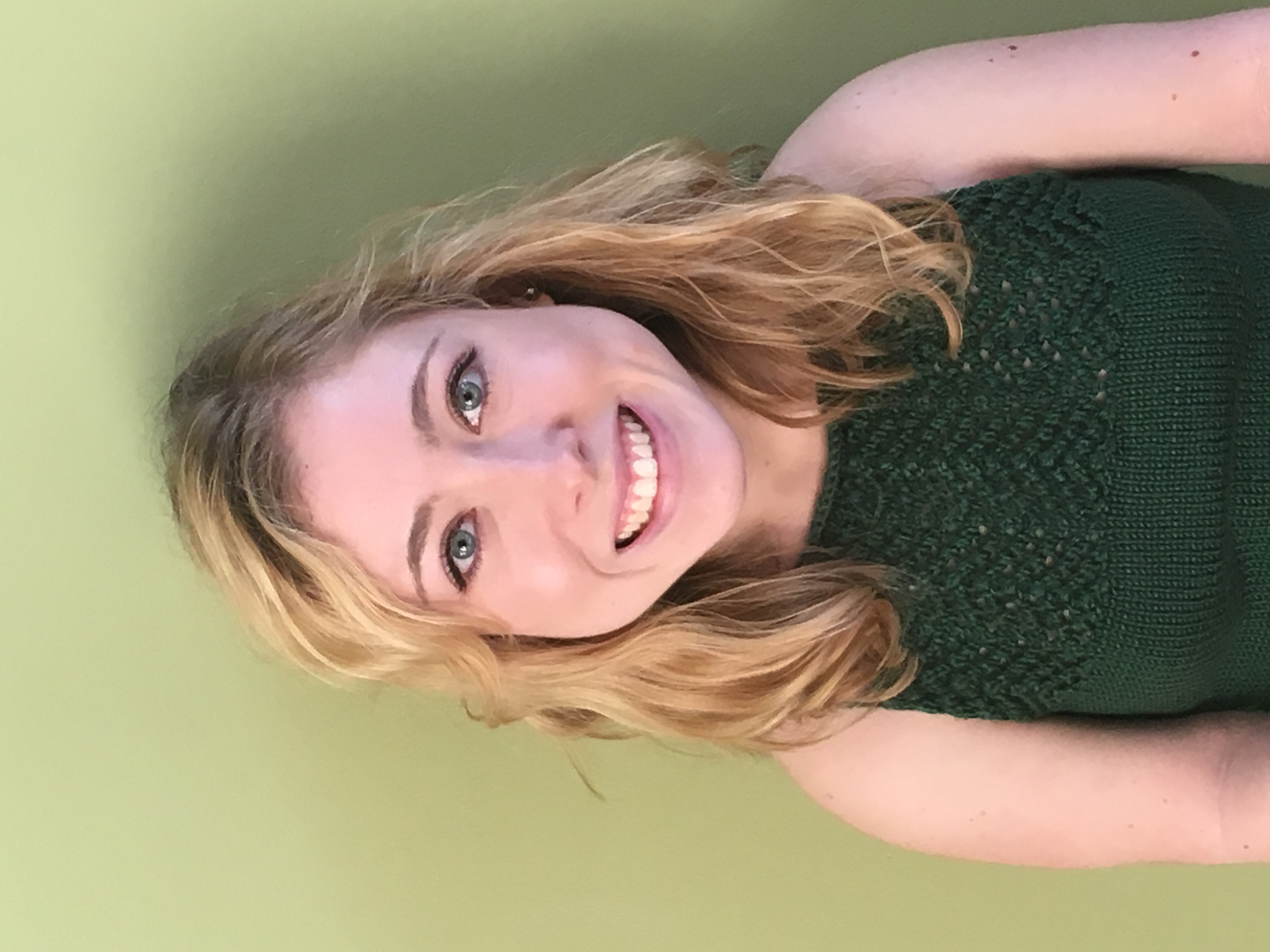Amanda Quirk
|
Amanda Quirk is a graduate student in the Astronomy Department at the University of California, Santa Cruz. She is researching galaxy formation and evolution and hopes to work in outreach or education once she graduates. Amanda is interested in incorporating accessibility into inquiry design and is attending the PDP with the aim of planning more inclusive experiences for learners.
acquirk@ucsc.edu |
 |
Teaching Activity Summary
Name of Teaching Activity: Bayes’d & Confused
Teaching Venue & Date: WEST Astrostatistics, UCSC. Sept 2018
Learners: 26 new transfer students (undergrads).
Reflection on teaching and assessing the practices of science or engineering:
Bayesian Inference is a powerful tool for all STEM fields, including astronomy. It helps scientists balance belief and skepticism in their models as they aim to explain phenomenon. Furthermore, it gives scientists a quantitative way to assess their experiments and theories. This is especially invaluable in the era of ever increasing data.
While it is an integral tool in science, its complexity is commonly misunderstood not only by learners but also by professional scientists. In traditional learning environments, probability lessons are prescriptive. Notation is written in a way that is separated from the application: for example, many formulas use the term “P(A)”, the probability of A, without contextualizing what ‘A’ is or could be. Thus, when learners enter the world of research and are suddenly expected to apply their textbook probability to a observation, identifying the parts of the formula is difficult and significantly less straightforward than they practiced in a classroom. Because of this, we knew learners would have difficulties separating what is “data” and what is “model” in our investigation areas. While facilitating a pair of students, one expressed their frustration with how they weren’t given all of the pieces of information they needed to solve the problem and how this was so different from being in a math class.
Having identified this potential difficulty, we wanted to be able to assess for learning using a rubric. We placed this content in a dimension in our rubric. It was difficult for us while planning the activity and rubric to find a balance between making sure learners understood the details of identifying and using the terminology from an investigation and not being too prescriptive in the way we assessed for understanding. In the end, I believe our hesitancy and own struggle led us to creating a content dimension that was too concentrated on vocabulary, which we did not model in our instruction. Thus, in the future, I would like to focus the introductory material on scaffolding an example for learners and using detailed vocabulary to demonstrate the strategy we would like them to use in their own investigations.
